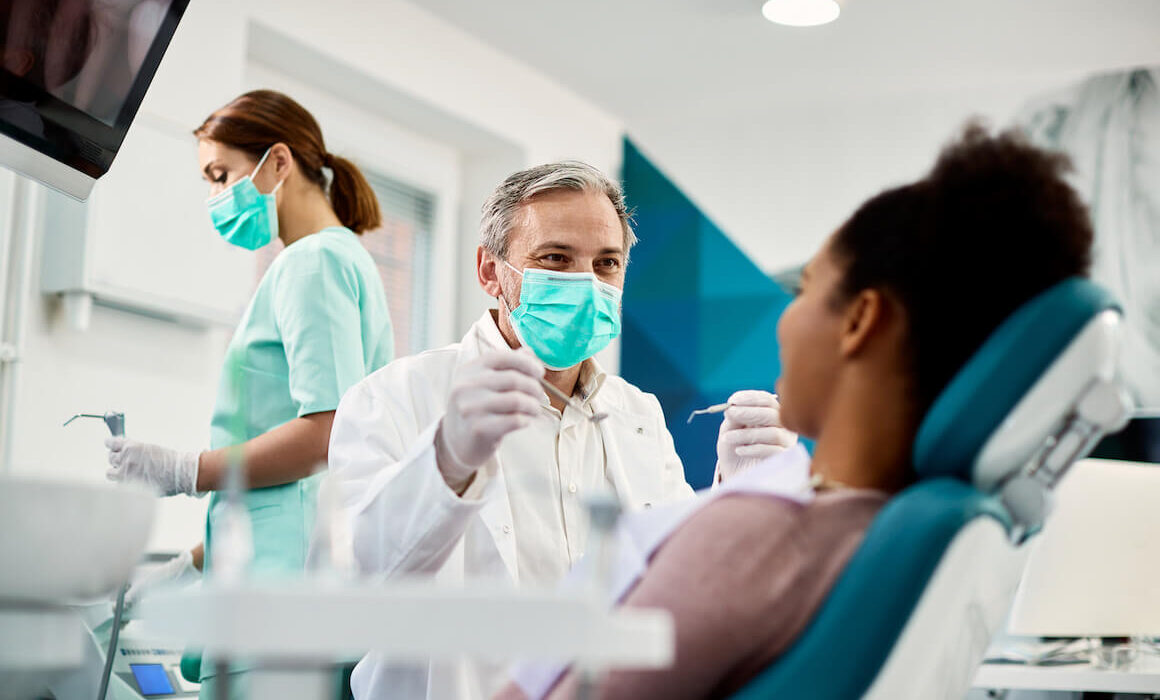Dental implants, made of titanium or titanium alloys, are widely used to provide a durable solution to missing teeth and restore functionality. While the long-term success rate is relatively high (75% at 20 years), the largest contributor to implant failure is peri-implantitis, an inflammatory disease affecting the soft and hard gum tissues around the implant, causing jawbone regression and gradual exposure of the implant’s threads.
As of today, there is no viable clinical solution to delay or stop the progression of the disease. Moreover, the reasons for the development of peri-implantitis are not well understood. Patients may blame themselves for poor hygiene. But for many, antibiotics, antiseptics, and laser cleaning devices don’t work.
Researchers in the Technion Faculty of Mechanical Engineering took a radically different approach to studying the problem. They examined the surface of retrieved implants at the nanoscale, instead of the prevailing method of studying the surrounding tissue. Their findings were recently published in the prestigious Applied Surface Science Advances journal.
Their breakthrough study reveals for the first time that the protective titanium oxide layer closest to the surface gets severely damaged with time, rendering the implant more prone to biodegradation. In other words, the implant that is traditionally considered biocompatible loses this property and is rejected. Additionally, the research shows that the common methods used to treat peri-implantitis are not sufficient to recreate a biocompatible surface, which explains the low success rate of treatments for the disease.
While centered on dental implants, the study has more general implications to the field of metallic medical implants. The researchers conclude that if the surface layer of implants can be made more resistant to their environment, part of the pathology may be solved.
